NEWS
Crash Tests Show Popular New Minivans Lagging In Backseat Safety
Published
7 months agoon
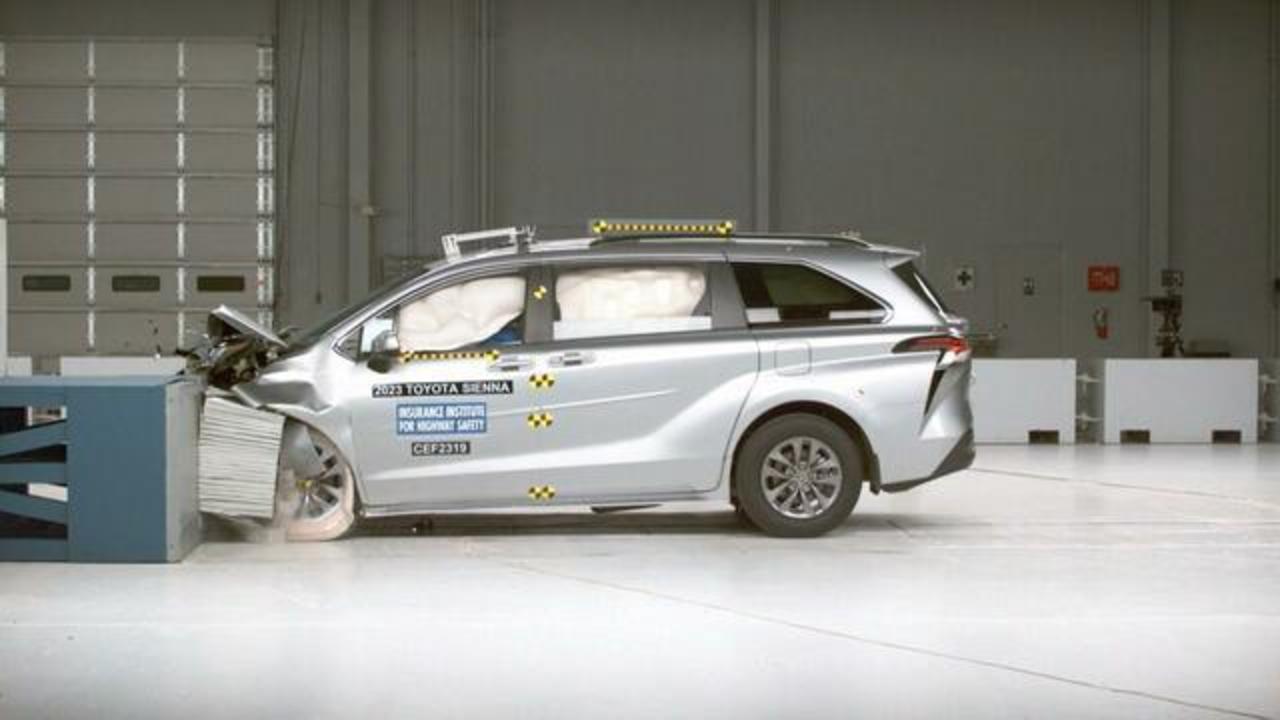
Courtesy of Institute for Highway Safety
Crash tests undertaken by the nonprofit Insurance Institute for Highway Safety found that new models of four popular minivans aren’t safe enough for backseat passengers, which are often children.
The IIHS tested the 2023 models of the Toyota Sienna, Chrysler Pacifica, Kia Carnival, and Honda Odyssey. None received an “acceptable” or “good” safety rating in the organization’s new moderate overlap front crash test, which focuses on backseat safety.
The Sienna, Pacifica, and Carnival earned “marginal” ratings, and the Odyssey’s rating was “poor.”
“Back seat safety is important for all vehicles, but it’s especially vital for those, like minivans, that customers are choosing specifically to transport their families,” IIHS President David Harkey said in a statement. “It’s disappointing that automakers haven’t acted faster to apply the best available technology to the second row in this vehicle class.”
The IIHS said it developed the new crash test because recent research has shown that in newer vehicles, the risk of fatal injury is now higher for belted passengers in the second row than for those in the front. Front-seat safety has greatly improved with advanced airbags and seat belts, but those updates haven’t made it to the back seat.
In the new crash test, a driver dummy is the size of an adult man, while a second dummy positioned in the second row behind the driver is the size of a 12-year-old child.
“The restraint systems in all four vehicles leave the second-row occupant vulnerable to chest injuries, either because of excessive belt forces or poor belt positioning,” said Jessica Jermakian, IIHS vice president of vehicle research. “That’s concerning because those injuries can be life-threatening.”
To earn a good rating, there can’t be “excessive risk” of injury to the head, neck, chest or thigh of the rear dummy. The rear dummy should remain correctly positioned during the crash, without sliding forward beneath the lap belt, known as “submarining,” which can cause abdominal injuries.
The Sienna was the only one of the four minivans equipped with belt pretensioners and force limiters, which are designed to reduce belt forces, but the rear dummy still submarined, and the shoulder belt moved toward the dummy’s neck.
In the Carnival and Pacifica, the seat belt exerted too much force on the rear dummy’s chest, IIHs said. In the Pacifica, the side curtain airbag did not deploy during the test.
The Pacifica and Sienna exerted “reasonable” forces on the back of the rear dummy’s neck, but the Carnival exerted “substantially higher” forces, increasing the risk of head or neck injury.
In the worst-rated Odyssey, the forces on the head and neck were even higher. The seat belt also allowed the rear dummy’s head to come too close to the back of the front seat, which also increases the risk of injury.
Despite the crash test results, the IIHS says the back seat is still the safest place for children, who are more easily injured by front airbags. The rating also does not apply to smaller children who are properly secured in safety seats.
TMX contributed to this article.
More From Auto Overload
-


Suspect rams truck into convenience store in order to rob…
-


UAW Strikes Begin at Big 3 Automakers
-


USPS Speeds Up Orders Of Electric Vehicles After Funding From…
-
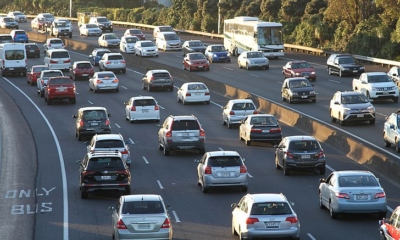

Most Major Carmakers Admit They Sell, Share Your Personal Data,…
-
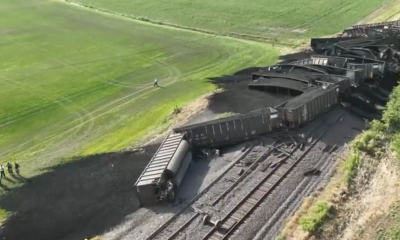

Train Derailment in Kansas Leaves Tons of Coal Spread out…
-


UAW Strike Against Big 3 Automakers Looks Increasingly Likely When…
-


Hour wait for taxi pickup at NYC’s John F. Kennedy…
-
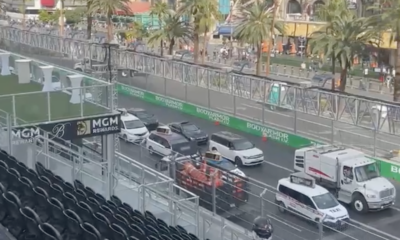

Formula 1 Las Vegas Grand Prix Seating Overlooks Strip From…
-


Car Hood Flies Up Unexpectedly, Knocking DashCam Out Of Place…
-


Seusspicious-Looking Passenger Causes Citation To Be Given To Driver
-


10-year-old Driving Stolen Buick Stopped by Michigan State Police Once…
-
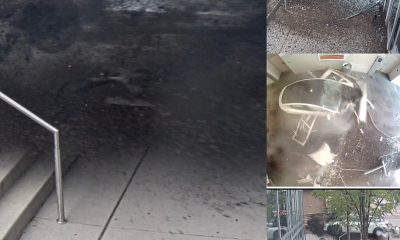

Out-of-Control Tesla Model 3 Flies Into a Building in Columbus,…

